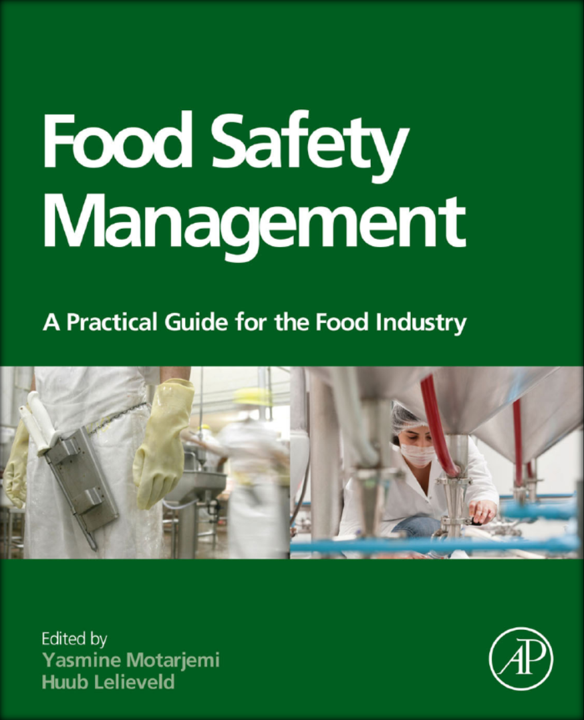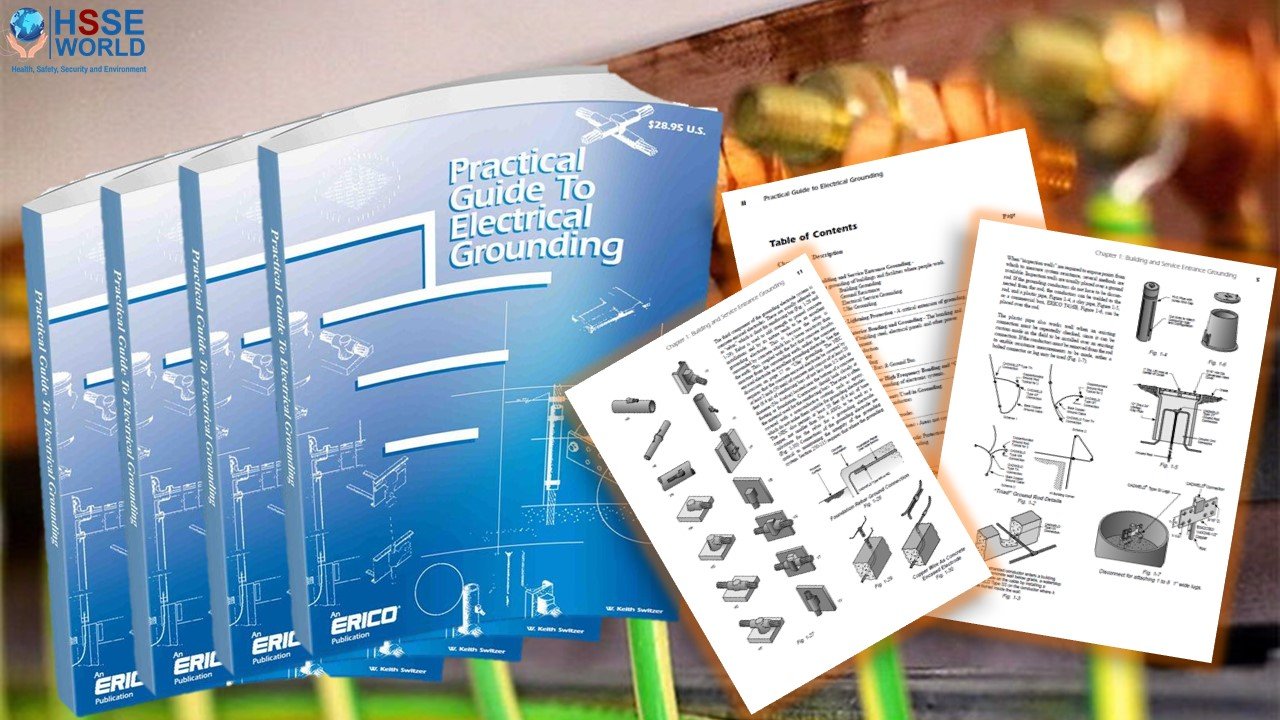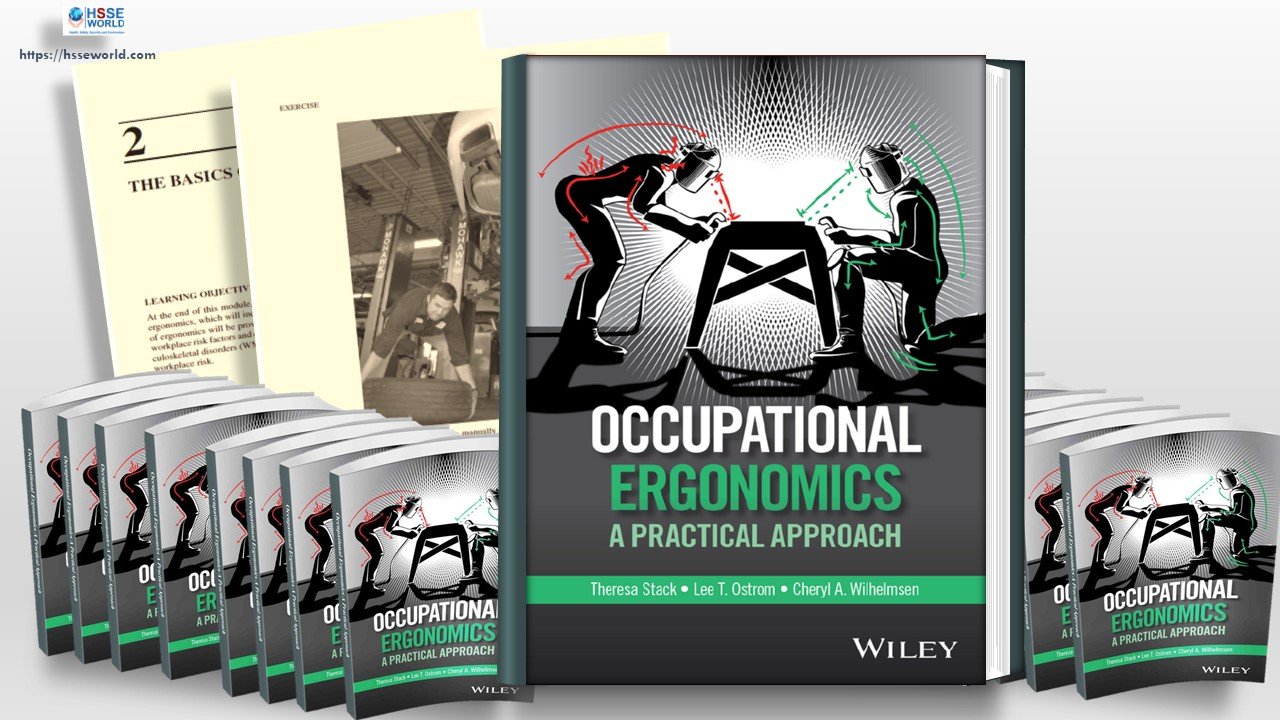Food Safety Management A Practical Guide for the Food Industry Y. Motarjemi. Food Safety Management: A Practical Guide for the Food Industry is a unique book and a reference for the future. For the first time, it gathers all essential and basic information that managers and professionals need to know about the management of food safety in the food industry and other related topics such as leadership, management of people, ethics, and sustainability. It relays past experience to novice managers. The guidance given in this book is applicable and relevant to all parts of the world and the book will be an invaluable resource and manual for training all present and future food safety managers or regulatory officials supervising food operations.
There are many books on food safety. For the most part, these books address specific aspects of food safety in-depth such as foodborne pathogens, chemical contaminants, quality assurance systems, or sanitation procedures. Such books are often for specialists on a given subject. The aim of this book is to give the essentials that food safety professionals from any discipline should know about food safety management in the industrial setting, taking into consideration that food safety is a multidisciplinary subject and not all professionals have the same scientific and technical background.
The book intends to give an overview and an integrated perspective of food safety management, including risk and control measures for various categories of foods. It describes the elements of the food safety assurance systems in the food industry and provides guidance
for their practical implementation.

As such, together with the Encyclopedia on Food Safety (Elsevier, 2014), it aims to be a practical resource for the education and training of present and future food safety professionals working in the food industry1 or in governmental roles, such as food inspectors and auditors verifying food operations.
More specifically, the book attempts to:
- Consolidate essential knowledge for the management of food safety and facilitate its application, using practical examples and cases studies.
- Use practical examples to create awareness of pitfalls and past incidents, their cause(s), and lessons learned.
- Provide observations on what works and what does not (dos and don’ts) and on issues to be aware of in food safety management.
- Bridge past experiences to state-of-the-art food safety assurance systems, and anticipate potential future risks and mitigation steps.
Read: Proper way to lose weight by healthy food

The educational objectives of this book are to enable food safety professionals to:
- Identify hazards and controls at various stages of the food chain.
- Understand food processing technologies in order to be able to determine which parameters need to be controlled, how they must be monitored, and which limits (or critical limits) must be observed.
- Get an integrated perspective on food safety and quality assurance in the food industry and the interactions and interrelation of the elements of food safety assurance systems (e.g. how suppliers should be audited in the light of hazards identified in the HACCP study).
- Get an overview of food safety management in society, i.e. what are the respective functions of governmental and regulatory authorities, industries, and other stakeholders and how these need to interact with each other.
- Understand the role and responsibilities of each sector in the food chain.
- Bring specific issues to the attention of auditors and inspectors.
- Enable food safety professionals to anticipate and respond to future challenges.
Contents
The Contents of Food Safety Management
- RISKS AND CONTROLS IN THE FOOD SUPPLY CHAIN
- TECHNOLOGIES AND FOOD SAFETY
- FOOD SAFETY ASSURANCE SYSTEMS
- Management of Safety in the Feed Chain
- Coffee, Cocoa and Derived Products
- Health and Safety Pocket Book
- Meat and Meat Products
- Poultry and Eggs
- Seafood
- Oils and Fats
- Pet Food
- Food Contact Materials
- Acids and Fermentation
- Chilling and Freezing
- Personal Hygiene and Health
- Hygienic Design and Maintenance of Equipment
- Safe Handling of Food in Homes and Food Services
Download the book
Food Safety Management Practical Guide for the Food Industry
More Downloads
- E-Books: Healthcare Hazard Control & Safety Management
- E-Books: Safety, Health and Working Conditions Training Manual
- E-Books: Energy Efficiency in Water and Wastewater Facilities
- E-Books: Fire Service Features of Buildings and Fire Protection Systems
- E-Books: Evaluation of Fire Safety free download
- E-Books: PPE for Chemical, Biological, and Radiological Hazards free
- E-Books: Changing the Workplace Safety Culture free download
- E-Books: Site Emergency Planning Workbook
- E-Books: Load Restraint Guide
- E-Books: Essential Practices for Creating, Strengthening, and Sustaining Process Safety Culture
- E-Books: System Safety Engineering and Risk Assessment
- E-Books: Permit-Required Confined Spaces
- E-Books: Is it Safe to Enter Confined Space?
- E-Books: 5-Minute Workplace Safety Talks
- E-Books: Safety Culture and High-Risk Environments
- E-Books: Practical Guide to Industrial Safety
- E-Books: Slip, Trip, and Fall Prevention for Healthcare Workers
- E-Books: Health and Safety at Work Key Terms
- E-Books: Fundamentals of Process Safety Engineering
- E-Books: Gas Detection Hand Book
- E-Books: Occupational health and safety management systems ANSI-AIHA-z10-2012
- E-Books: Hot Work on Drums and Tanks
- E-Books: Human Fatigue Risk Management
- E-Books: Guidelines for the provision of facilities and general safety in the construction industry
- E-Books: Handbook of Training in Mine Rescue and Recovery Operations ( 2021)
- E-Books: Code of Practice for the Safe Use of Lifting Equipment – Edition 9 (Nov 2019)
- E-Books: Free Forklift Health and Safety Best Practices Guideline
- E-Books: Handbook of Hazardous Chemical Properties
- E-Books: Human Performance Improvement through Human Error Prevention
- E-Books: Principles Of Fire Risk Assessment In Buildings
- E-Books: Investigation of Occupational Accidents and Diseases
- E-Books: Radiation Protection and Safety in Industrial Radiography
- E-Books: Basic Guide to System Safety, Third Edition
- E-Books: Food Safety Management-A Practical Guide for the Food Industry
- E-Books: Safety identification: Escape and evacuation plan signs- ISO 23601
- E-Books: Safety at Work
- E-Books: The Safety-Critical Systems Handbook 4th edition
- E-Books: Fundamental principles of occupational health and safety
- E-Books: Fire Safety Risk assessment Guide – Sleeping Accommodation
- E-Books: Mental health at work series
- E-Books: Live Fire Training: Principles and Practice
- E-Books: Pre-Startup Safety Review Guide
- E-Books: Fire and Emergency Drill Manual and Building Inspection Guide
- E-Books: Health and Safety: Risk Management 5th edition
- E-Books: Fire Protection systems -Third edition 2021
- E-Books: Fire Safety Logbook templates
- E-Books: From Accidents to Zero
- E-Books: Electric Safety Practice and Standards
- Your steps to chemical safety
- E-Books: Ergonomics and Psychology Developments in Theory and Practice
- E-Books: HAZOPS Should BE fun-The Stream-Based HAZOP
- E-Books: Safety Health and Environmental Auditing
- E-Books: A Quick Guide to Health and Safety
- E-Books: Occupational Ergonomics A Practical Approach
- E-Books: Job Hazard Analysis A Guide for Voluntary Compliance and Beyond
- E-Books: Electrical Safety of Low Voltage Systems




